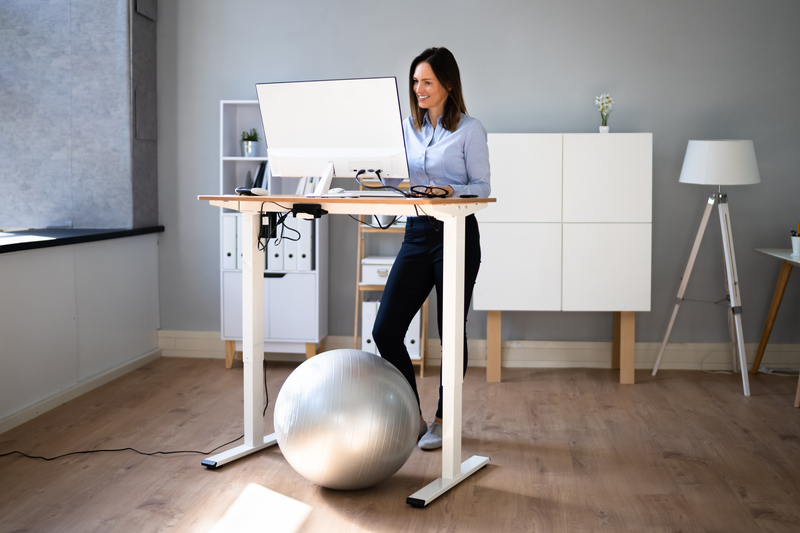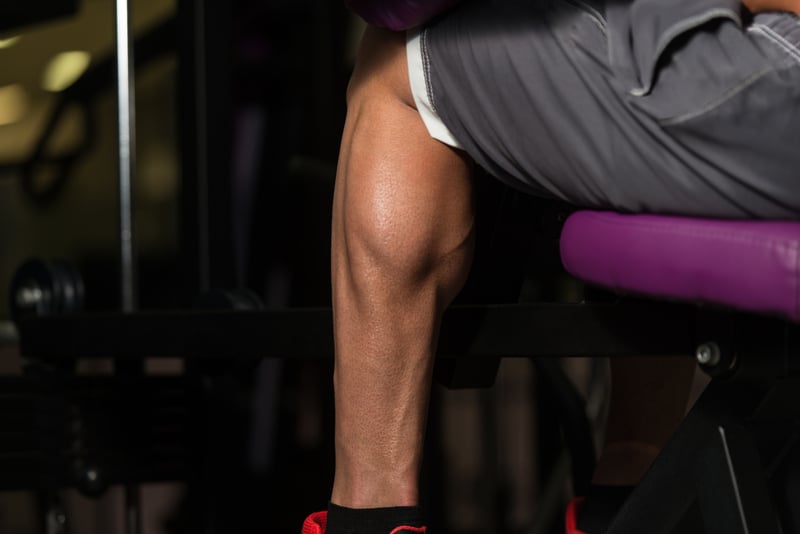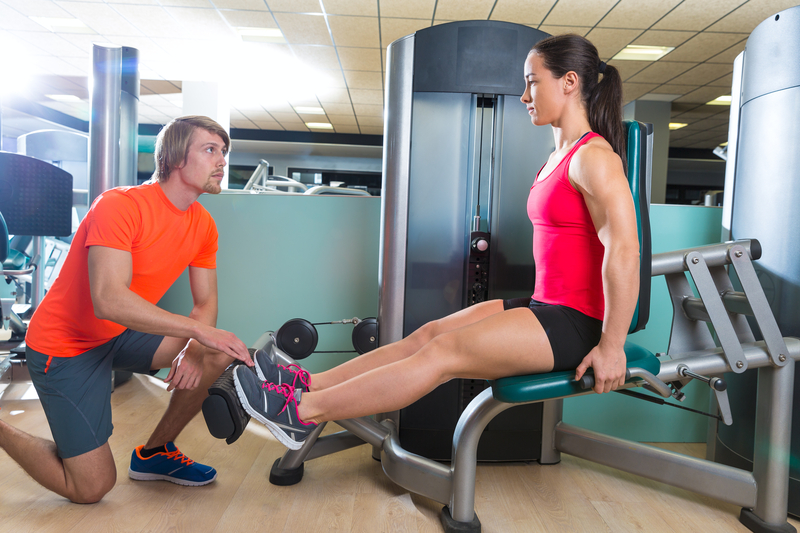The Second Heart: How Calf Training Enhances Blood Flow

You may think of the calf muscles simply as part of your lower leg and another body part to work out once in a while. But it turns out they play a big role in the overall health of your heart and circulatory system. In fact, your calf muscles are called “the second heart.” Find out why it’s so important to engage these muscles and how calf training enhances blood circulation.
The Anatomy of Blood Flow
Your circulatory system is a complex matrix of blood vessels that run throughout your body and can span up to 60,000 miles. These vessels carry oxygen and other nutrients in your blood to all corners of your body. But all veins are not the same. There are several types of veins, such as:
- Arteries—larger and deeper than other veins and transport your blood away from your heart muscle.
- Arterioles—small veins that branch off from arteries and lead to the capillaries to assist in shuttling nutrients.
- Veins—differ from arteries in that they carry deoxygenated blood back to the heart.
- Capillaries—the smallest of the veins, which transport nutrients and oxygen to every area of your body.
- Venules—finally, these veins receive blood from surrounding capillaries and get larger the closer to the heart they are. Veins have control valves, ensuring your blood moves in one direction: back toward the heart to pick up fresh oxygen and nutrients and start the process all over again.
The Second Heart: Why the Calves Play an Important Role in Blood Circulation
Calf training enhances blood circulation. The calves are much more than just another set of muscles. Known as the “second heart,” the gastrocnemius muscles are responsible for helping return the blood in your circulatory system back to your heart. How is this done? It happens through a system of veins and valves that push the blood upward and don’t allow it to pool in your lower extremities.
The valves open to push blood back toward the heart when you activate the calf muscles, be it through exercise, walking, standing, or even flexing your feet.
The second heart muscles are so important that science even shows peripheral artery disease (PAD) is directly related to the health and activity of the calf muscles. Studies show that having diminished calf muscle capabilities is a factor in the development of frailty and impaired cardiac function and impacts morbidity rates.
What Are the Benefits of Calf Training?
Moving and training your calves is essential. Sitting, it turns out, is an even bigger problem than one might think. Not only is sitting all day bad for your posture and your metabolism, but sitting around means you’re not likely to be engaging your calf muscles. And, as science shows, your calves play an integral part in getting your blood circulating properly and back to your heart.
Benefits from standing—the benefits of standing go way beyond improving posture and metabolism. Standing wakes up your calf muscles and activates your baroreceptors, which help regulate blood pressure.

Benefits from walking—taking it a step further, so to speak, improves your circulation even more. Walking causes the gastrocnemius muscles to move in a “pumping” type of motion that allows your blood to make its way through your circulatory system and back to your heart and lungs where it can be reoxygenated and sent back throughout the body again.

Benefits from fidgeting—even fidgeting and moving your ankles up and down and squeezing your calf muscles is an improvement over sitting around, completely immobile. Keeping your calves active will help improve blood circulation.

Reduce edema—when the calves aren’t engaged, the two-way valves in your veins are not open, and thus, blood cannot escape the area. This is why some people may develop edema (swelling due to too many fluids) in the lower extremities. Working your calves promotes a reduction in edema.
Heart health—training your calves enhances your blood circulation by opening up the pathways to your heart. Without the pumping mechanism within your calves, your blood would not be able to return to the heart to be reoxygenated.
Do This Calf Training to Enhance Blood Flow
Try these exercises:
Standing Calf Raises—start by standing with your toes on a raised surface (like a stair, step, or block). Make sure to scoot your foot back far enough so your heels are hanging off the surface. Raise and lower your body by flexing your calf muscles and bringing your heels up and down.

Soleus Push-Ups—these can be done anywhere while sitting with your feet flat on the floor. Simply lift your heels off the ground until you’re up on your toes. Once your foot is fully flexed, let it come back down to the ground in a natural motion. This gentle “pump” should be repeated often throughout the day.
Seated Calf Raises—these are similar to standing calf raises but are typically done on a machine. While seated with your knees bent and your heels off the edge of a platform, lift and lower the weight by flexing your calf muscles.

Donkey Calf Raises—this is also often done on a piece of gym equipment. In this case, you’ll bend forward at the hips, placing your elbows on a pad in front of you while a weight rests on your lower back/hip area. Keeping your legs straight, lift and lower your heels for a great calf workout.
Calf Presses on a Leg Press Machine—yes, you can use a leg press machine for more than just leg presses! In fact, this machine offers a wonderful calf workout as well. Simply position yourself in the machine as you would for a leg press. Instead of keeping your feet fully on the pad(s), slide your feet off the edge until just the balls of your feet are still on the pad. Next, squeeze your calf muscles as you flex your feet forward to move the pad slightly upward. Pause and then allow the weight to move your feet backward until you feel a good stretch through your calf muscles. Repeat 15 – 20 times.

So, next time you’re tempted to skip out on your calf workout, remember how calf training enhances blood circulation. That might motivate you to pencil in some extra calf exercises during the week.






